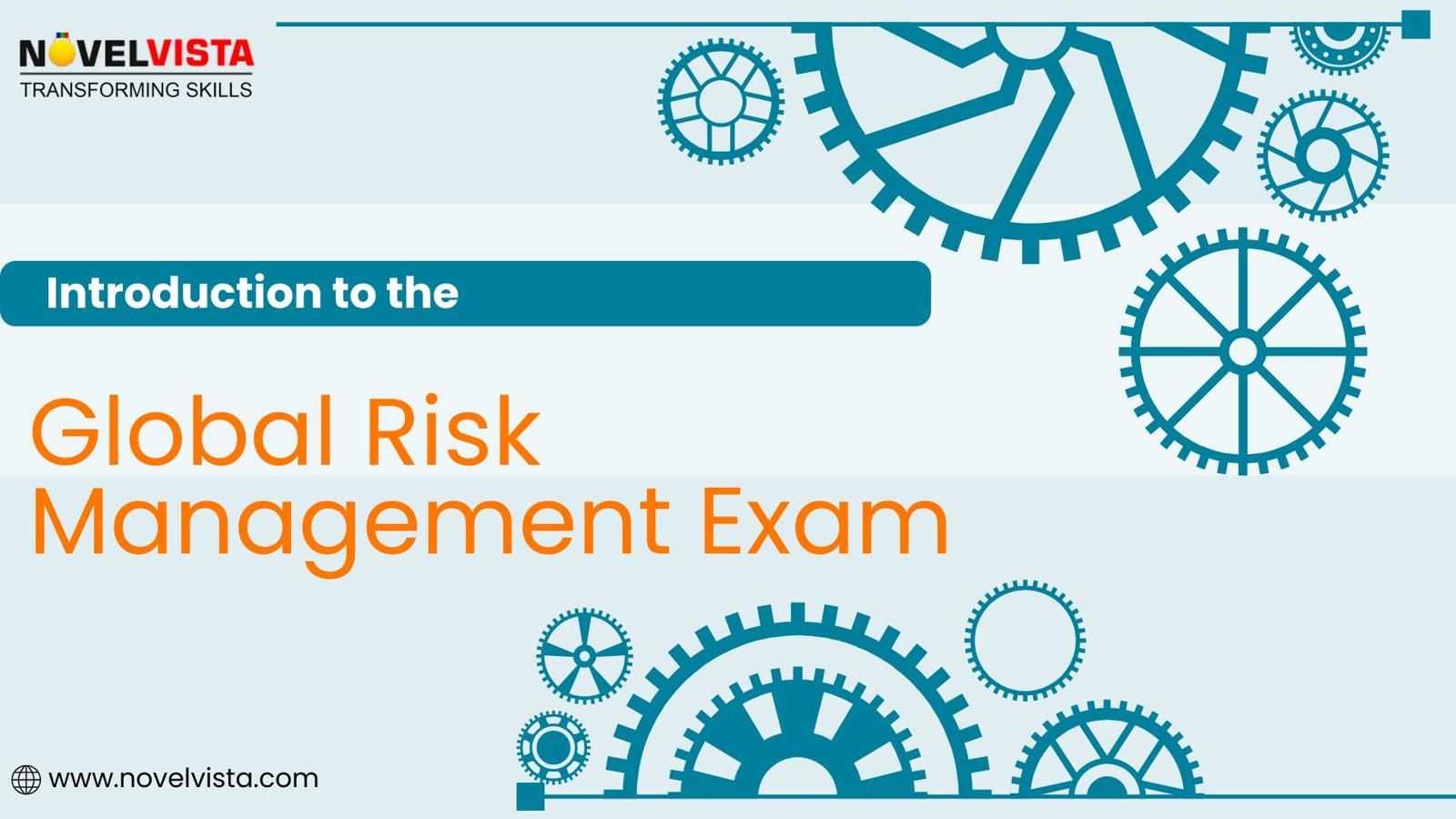
In today’s rapidly evolving business environment, organizations face an ever-increasing array of risks. From operational challenges and financial uncertainties to technological disruptions and regulatory pressures, the need for systematic risk management has never been greater. To ensure professionals are equipped to handle these challenges, global risk management exams have been established. These exams validate an individual’s knowledge, skills, and ability to apply risk management principles effectively across diverse industries.
The global risk management exam serves as a benchmark for professional competency in understanding and implementing structured risk management frameworks. While the scope and specifics may vary slightly depending on the certifying body, the core objective remains consistent: to prepare professionals to identify, analyze, and manage risks methodically and strategically.
Read More: ISO 31000 Certification Exam: Strategies, Insights & FAQs
Purpose of the Exam
The primary purpose of this exam is to ensure that candidates possess a solid understanding of risk management concepts and can apply them in real-world scenarios. By passing the exam, professionals demonstrate their ability to:
Recognize and assess potential risks across business processes.
Apply risk mitigation strategies effectively.
Integrate risk management practices into organizational decision-making.
Communicate risk insights to stakeholders in a clear and actionable manner.
Organizations increasingly value certified professionals because they bring structured approaches to managing uncertainties, thereby safeguarding assets, reputation, and operational continuity.
Exam Structure and Content
Typically, the global risk management exam is divided into multiple sections, each testing a different aspect of risk management knowledge:
Fundamental Concepts: This section covers the foundational principles of risk management, including definitions, risk categories, and basic methodologies.
Risk Assessment and Analysis: Candidates are tested on their ability to identify risks, evaluate their potential impact, and prioritize them according to severity and likelihood.
Risk Treatment and Mitigation: This part focuses on strategies to reduce, transfer, or eliminate risks, ensuring that candidates understand practical solutions for real-world challenges.
Governance and Compliance: Professionals are assessed on their knowledge of risk governance frameworks, regulatory requirements, and ethical considerations.
Practical Application: Many exams include scenario-based questions or case studies that evaluate the candidate’s ability to apply knowledge in complex, dynamic situations.
The format usually combines multiple-choice questions, scenario-based assessments, and occasionally written or practical exercises. Time limits, scoring methods, and passing criteria vary depending on the certification body.
Who Should Take the Exam
The exam is designed for professionals involved in risk management, governance, compliance, or strategic planning. This includes:
Risk managers and analysts
Compliance officers
Project managers
Senior executives responsible for organizational strategy
Consultants working in enterprise risk management
Even professionals from non-risk-specific roles benefit from certification, as it enhances their ability to make informed decisions, anticipate challenges, and contribute to organizational resilience.
Benefits of Certification
Passing the global risk management exam provides numerous advantages:
Professional Credibility: Certification demonstrates recognized expertise and commitment to best practices.
Career Advancement: Certified professionals are often preferred for leadership roles in risk-sensitive industries.
Enhanced Skills: The preparation process equips candidates with analytical, strategic, and decision-making abilities applicable across sectors.
Networking Opportunities: Many certification programs connect candidates with global risk management communities.
Conclusion
The global risk management exam is more than just a test; it is a pathway to professional excellence in the field of risk management. ISO 31000 Certification equips individuals with the knowledge, skills, and confidence to navigate uncertainties effectively and contribute meaningfully to organizational resilience. For professionals aiming to elevate their careers and drive strategic decision-making, undertaking this certification is a significant step toward achieving industry-recognized expertise.


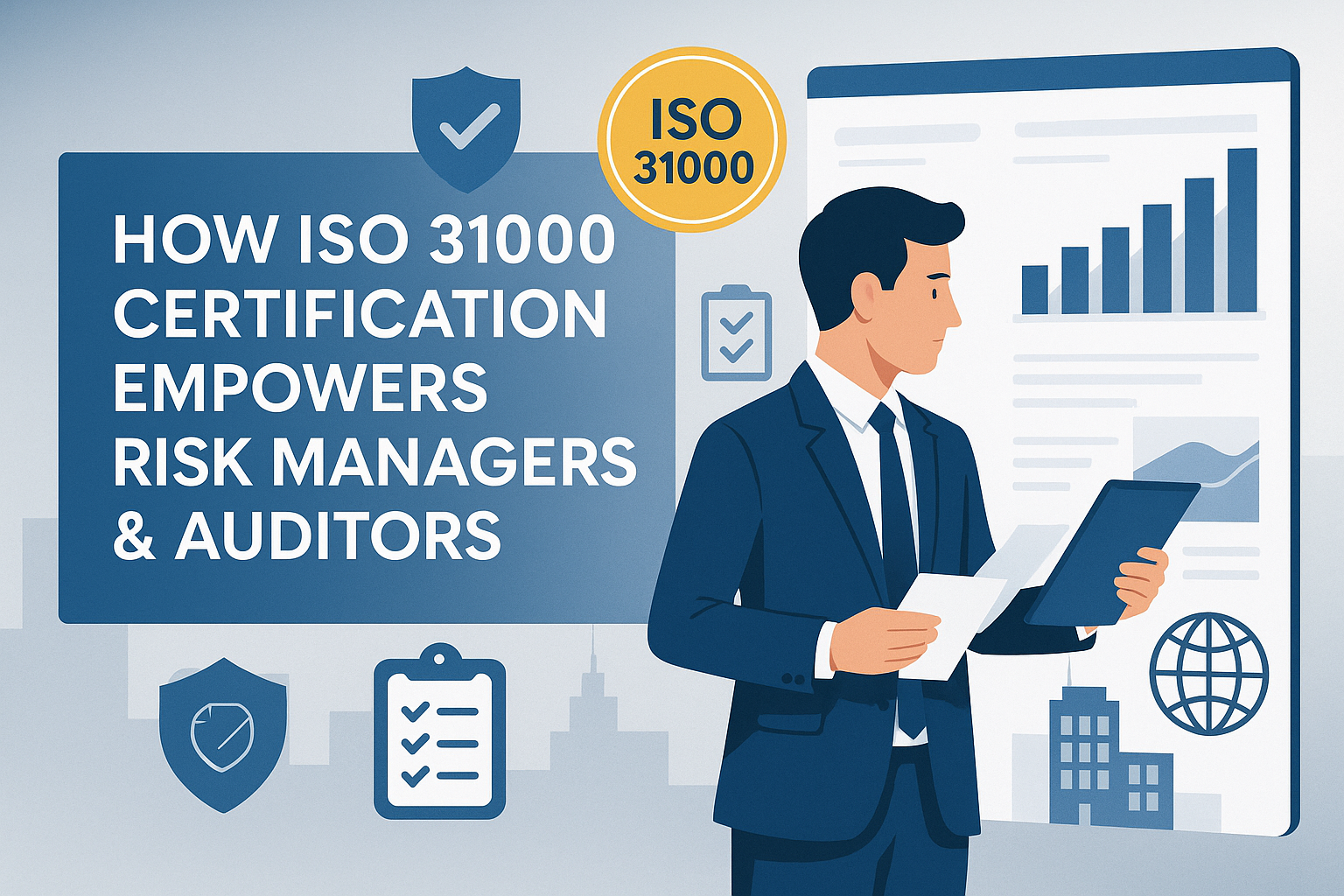
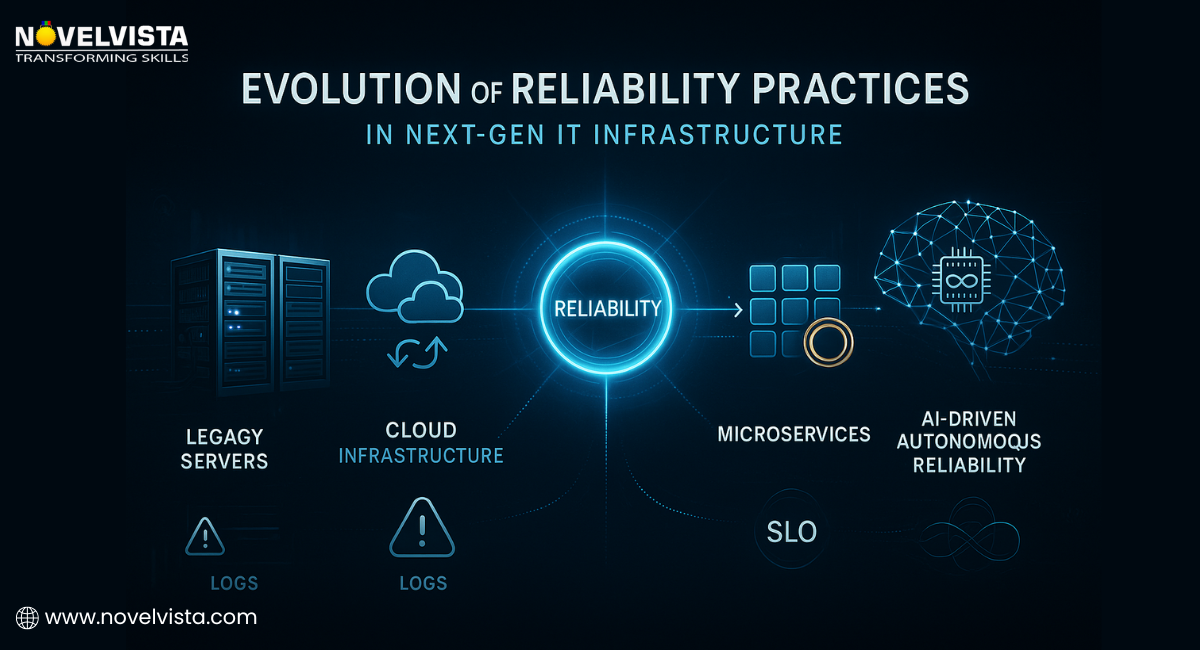
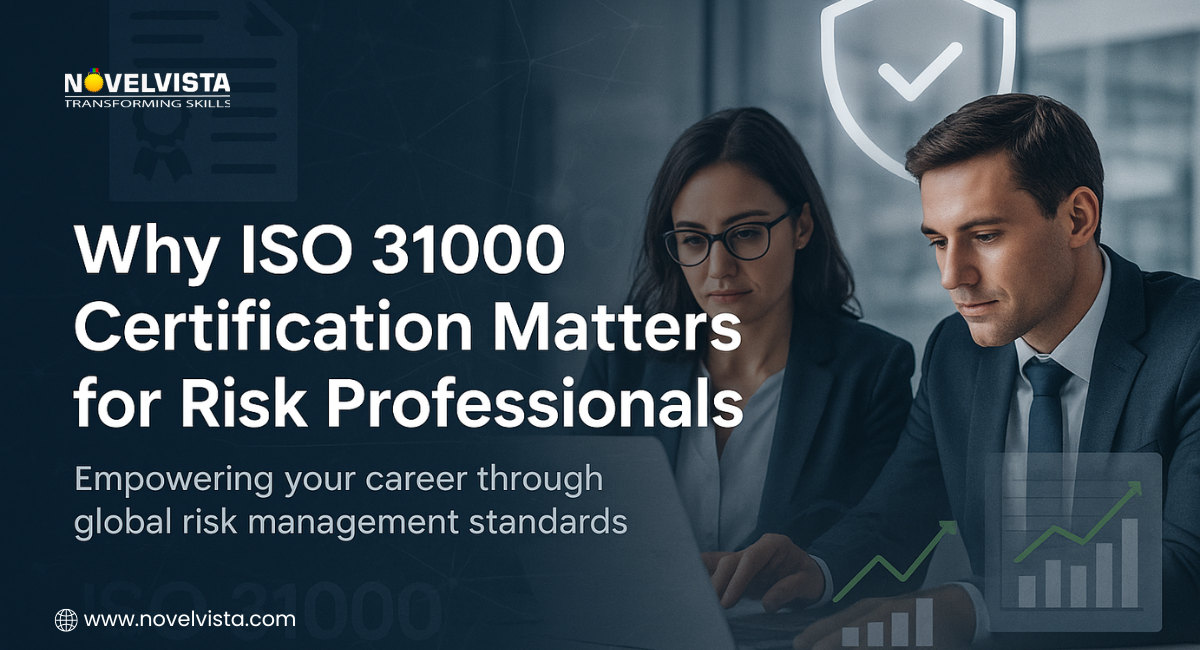


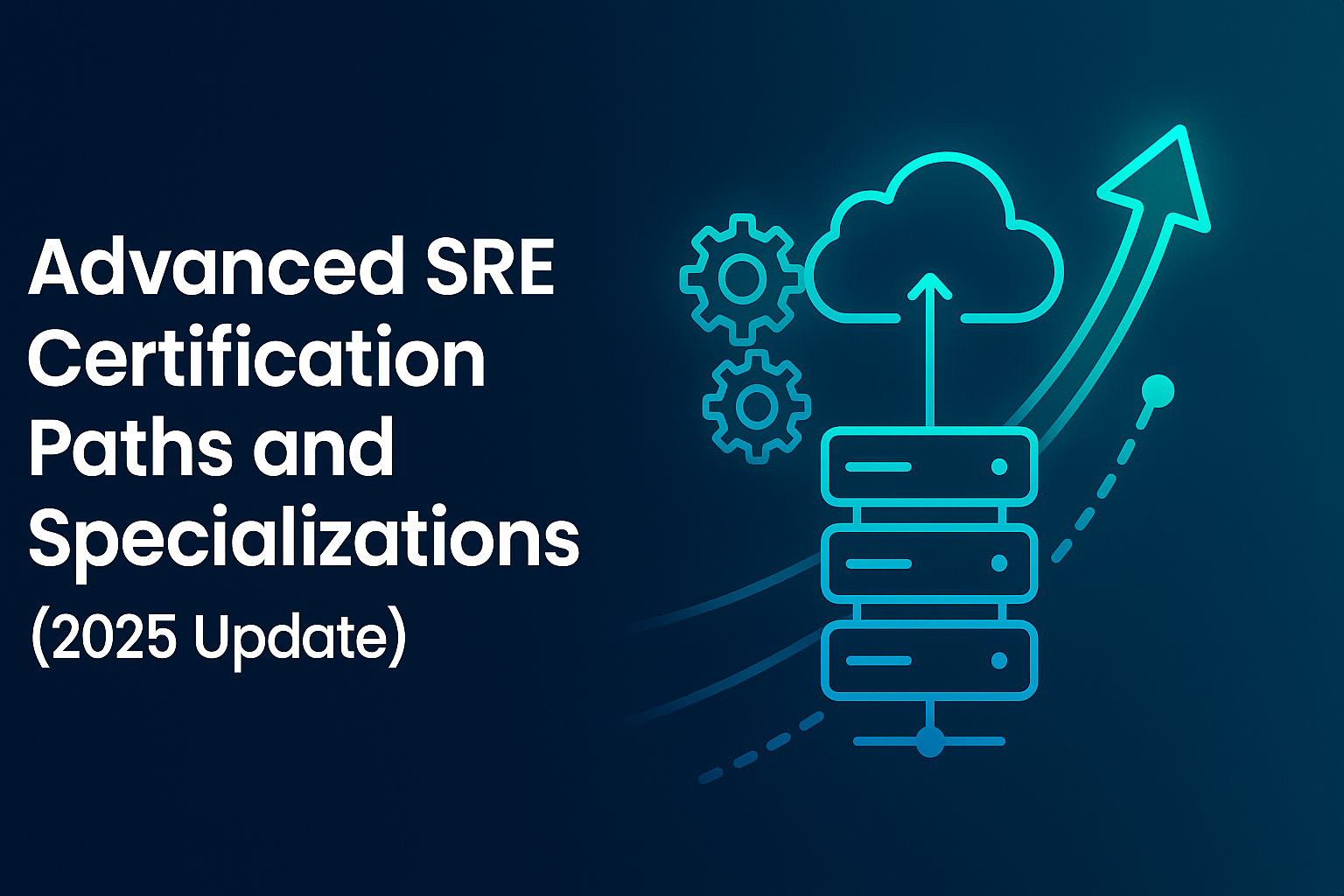
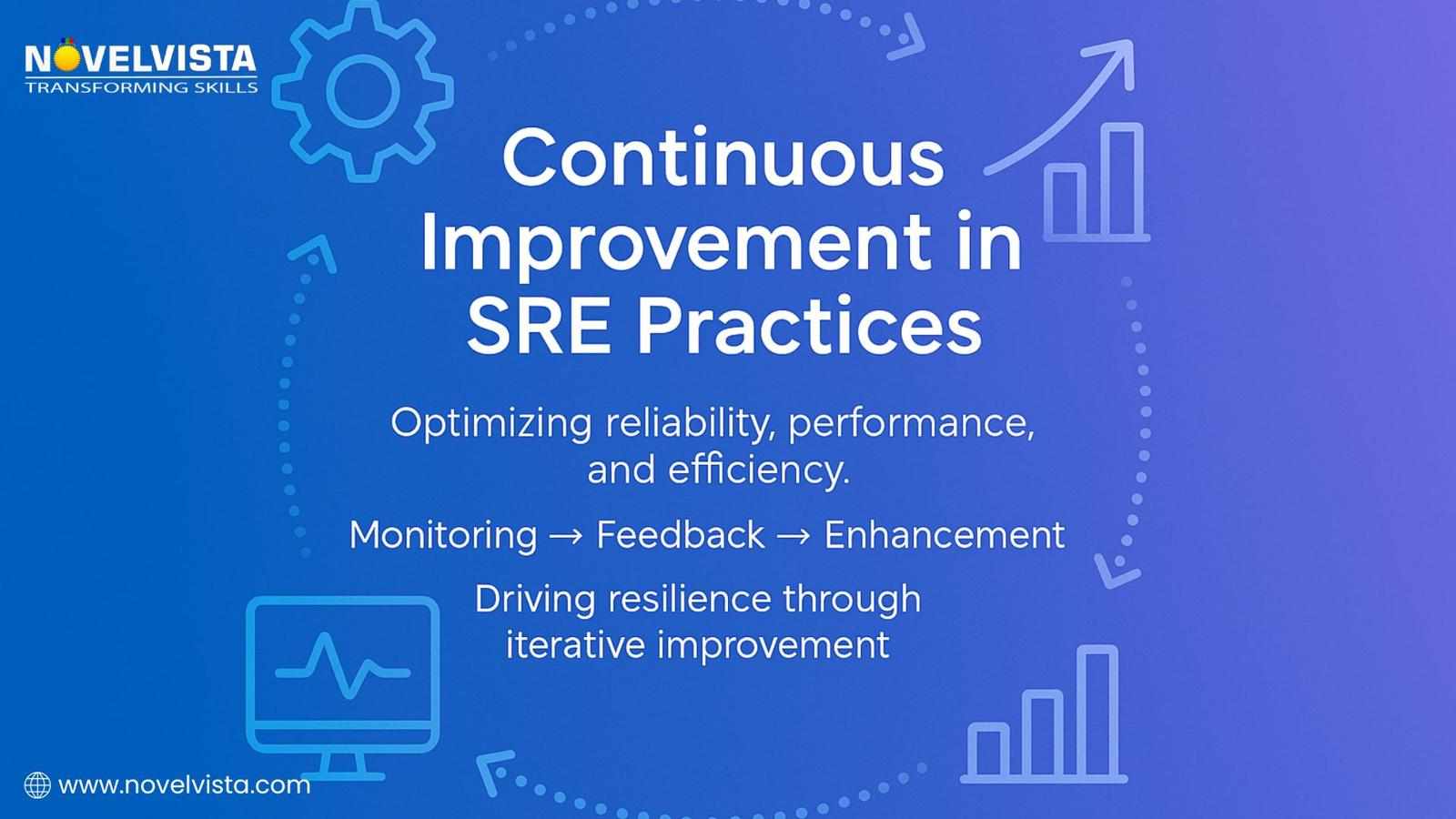
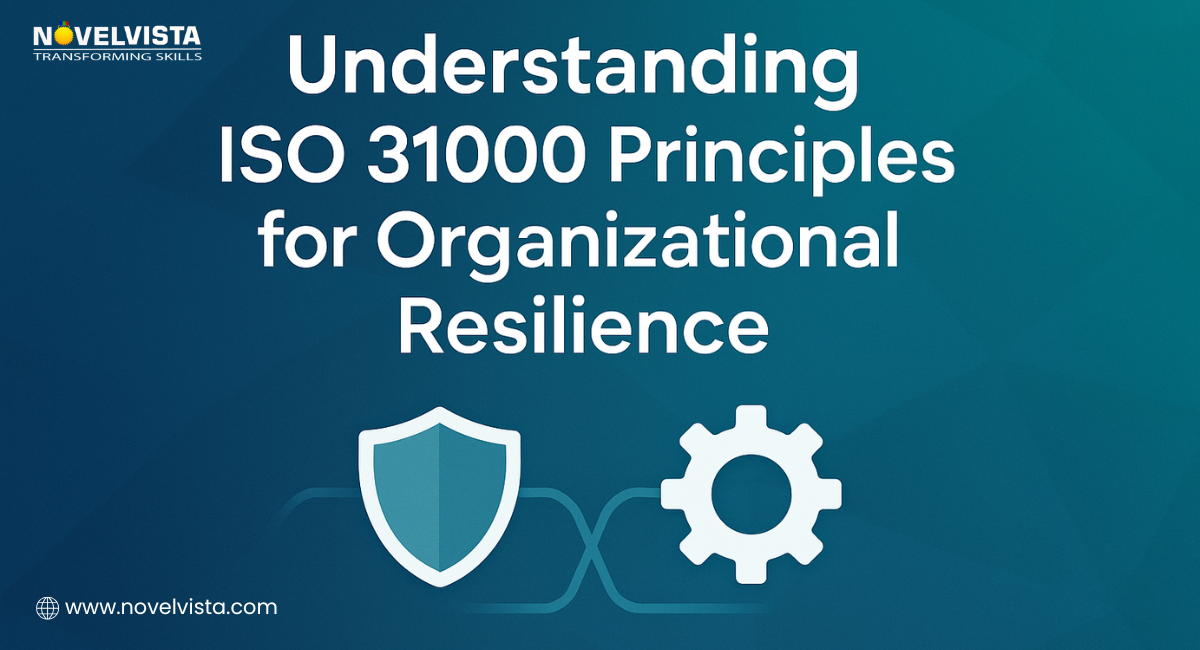

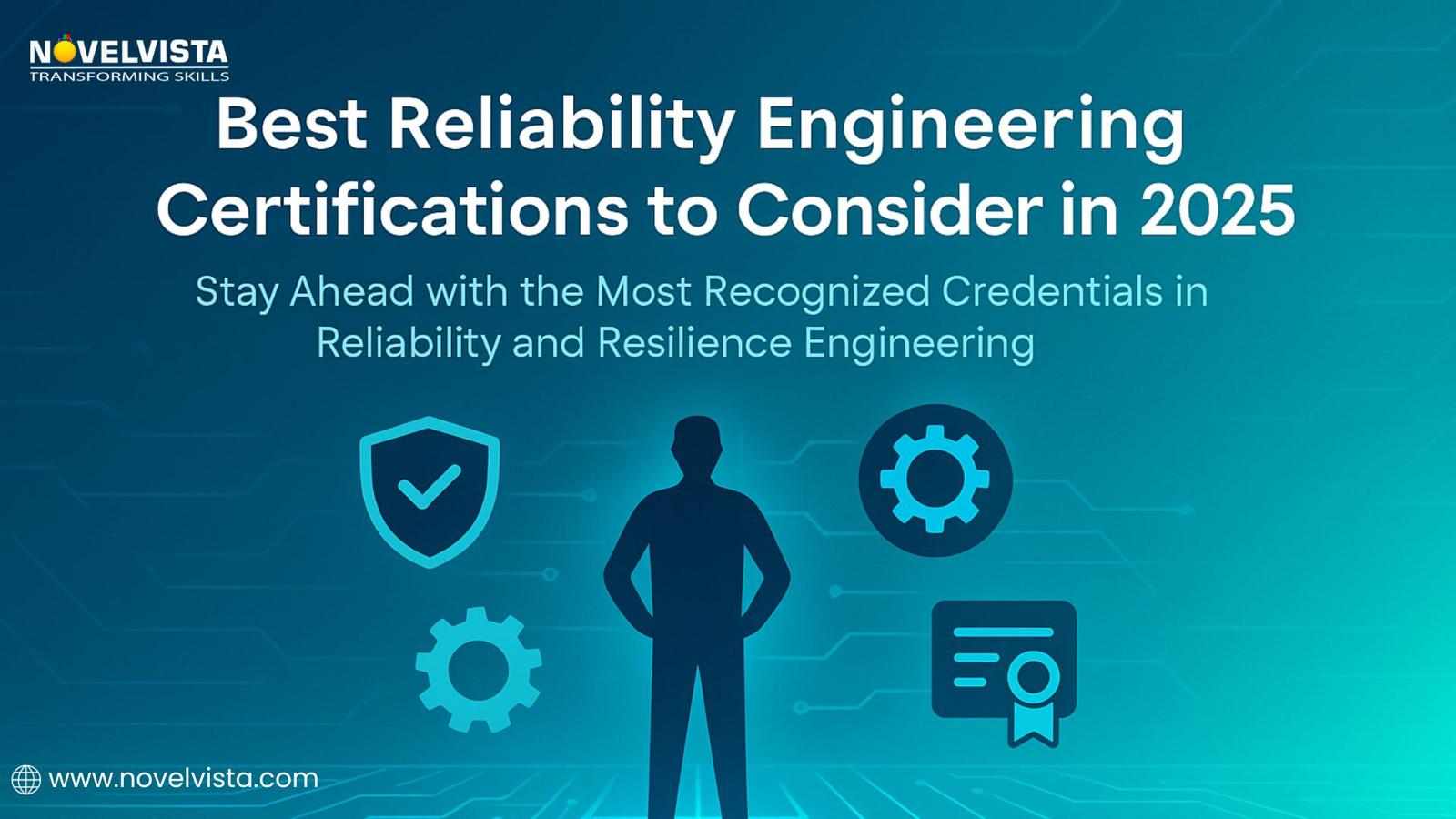
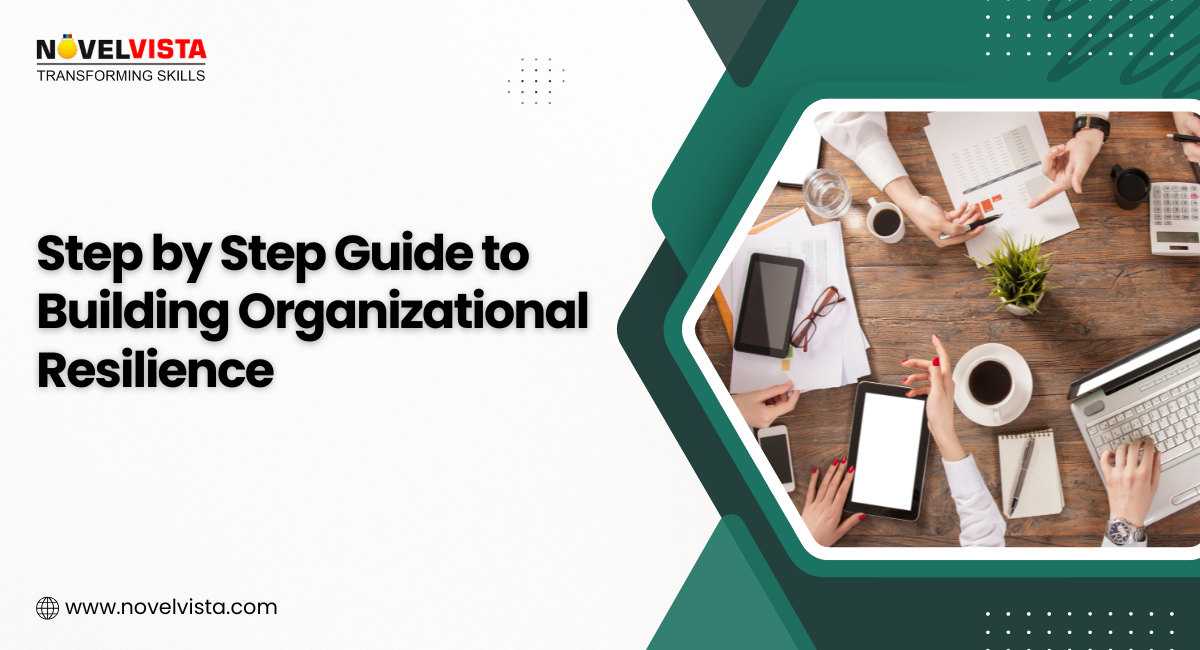



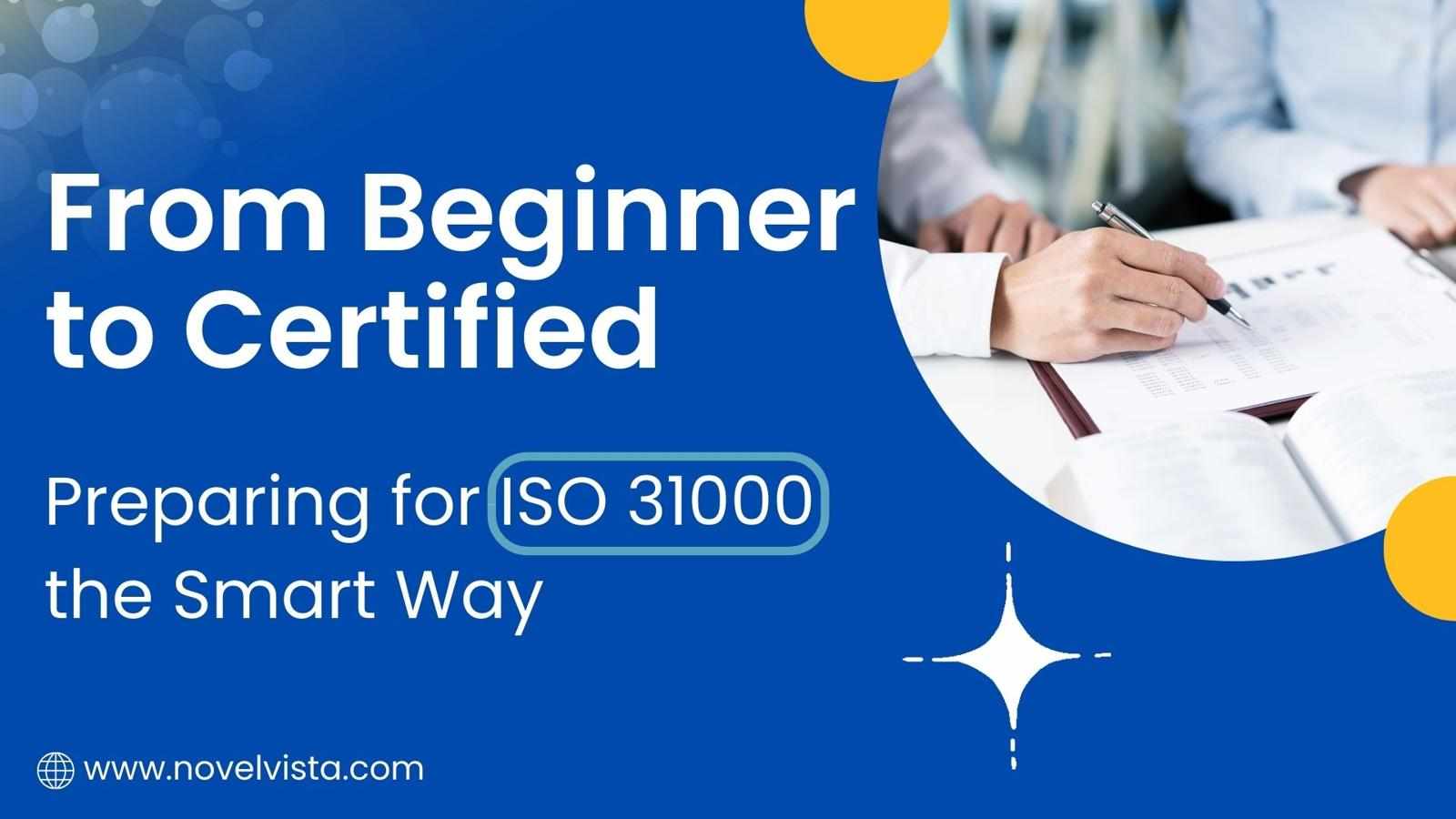

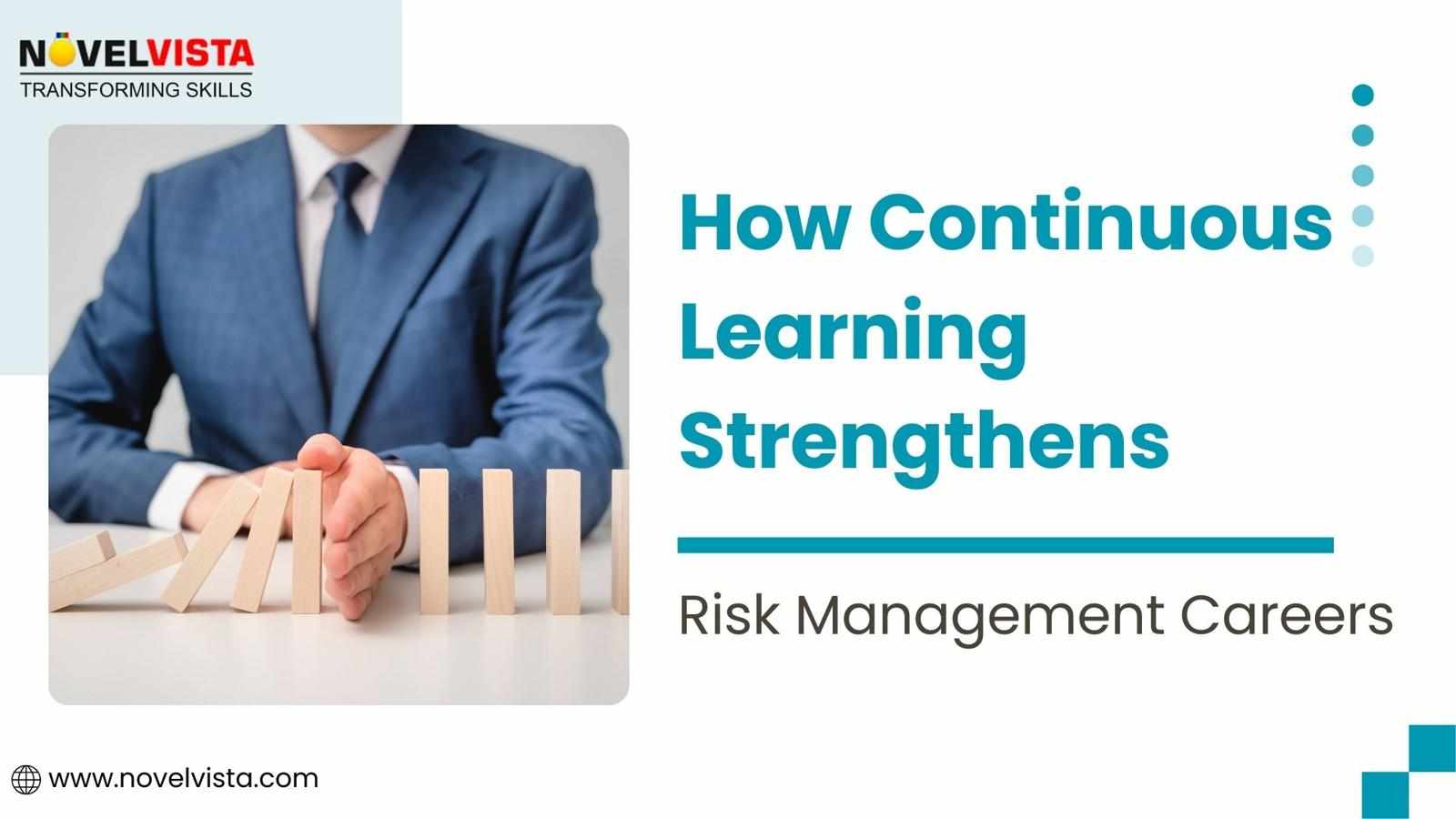

Write a comment ...